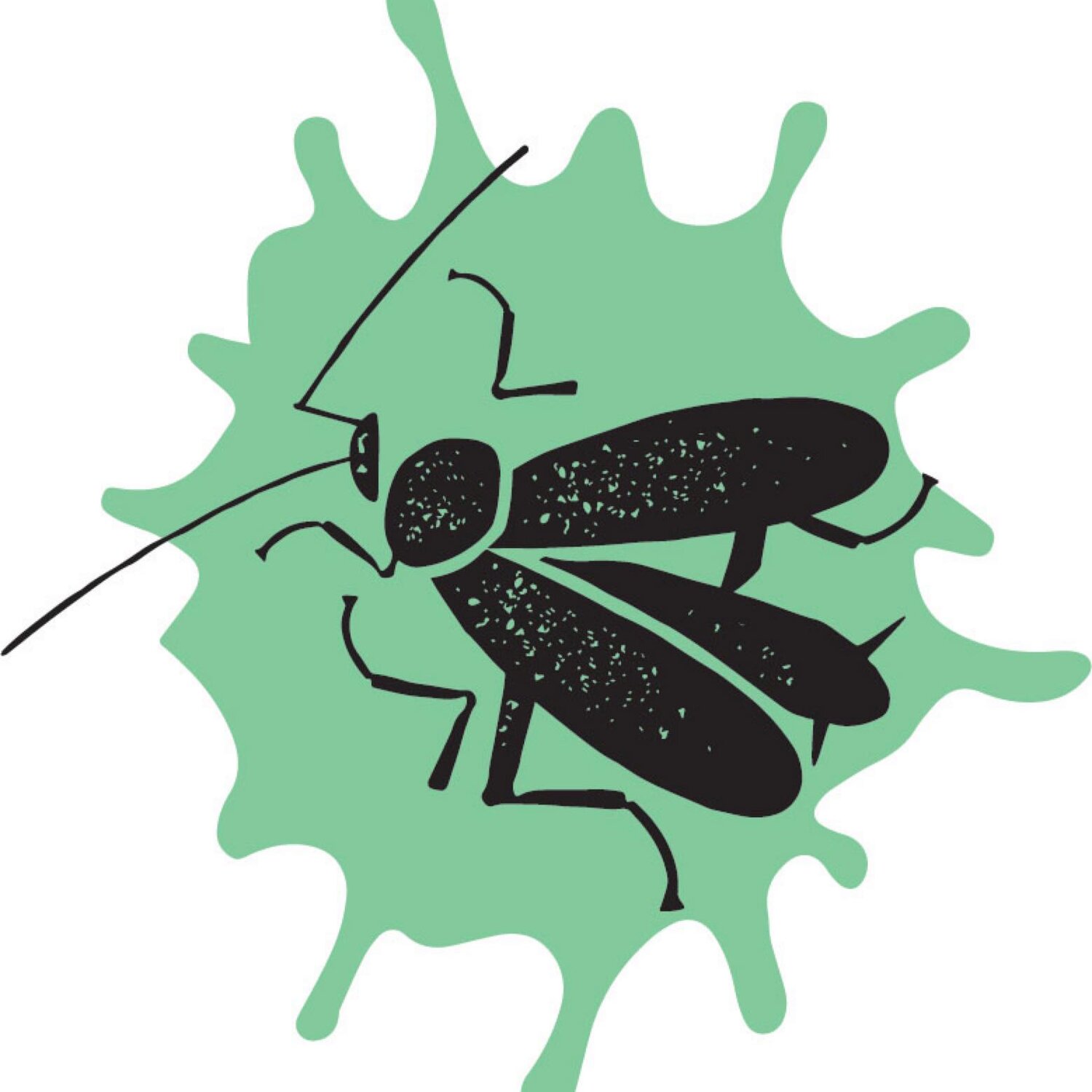Learning about Earwigs and Why They May End up in Your Home
There are over 80 species of earwigs present in Australia, with many found in grain crops. These species are made up of both introduced and native earwigs, and little is known about their impact on crops.
There are a number of different species of earwigs that are native to Australia. Some of these species are beneficial, but there have been increasing reports of earwig outbreaks causing damage to crops in Victoria, New South Wales, South Australia, and southern Western Australia.
They are small, black insects with long, pincer-like appendages on their rear end. These pincers are used for defence and to capture prey.
Do They Bite?
Earwigs are not known to bite people, but they can pinch with the pincers on their abdomen. This is their own method of self-defence.
Earwigs are not dangerous to humans, although they can give a painful pinch with their pincers. They are considered nuisance pests because they often invade homes in search of food.
Where Do They Live?
Take note that some earwigs may carry harmful bacteria on their bodies which could lead to infection if they come into contact with an open wound. It's essential to clean any wounds that come into contact with earwigs and to apply an antibacterial lotion if necessary.
Why Are They Attracted to Your Home?
If you see one earwig in your house, it's likely that there are more. Although they don't cause damage to homes, they can often be found indoors during the summer months, crawling on countertops, in the bathtub, or even on the floor.
Earwigs are nocturnal creatures that typically hide during the day. If you find them in your home, it's probably because you've disturbed their hiding place while cleaning or moving things around. You can get rid of earwigs by understanding their habits and using this guide.
1. They Seek Food
Earwigs are attracted to houses because they offer a dry, safe place to hide and plenty of opportunities for food. Earwigs will eat rotting vegetation in the yard, many of your live plants and even fruit fallen from trees. To prevent earwigs from entering your home, seal any cracks or openings in the foundation and keep the area around your house free of debris and vegetation.
Earwigs are attracted to small crumbs, food left on countertops, and even spilled food in cupboards. They will scavenge for this food indoors, as it provides them with the necessary nutrition.
2. They Seek Shelter
Earwigs may invade your home if the weather conditions are extreme, such as very hot or cold temperatures. They can get into your home through tiny cracks, and once they are inside, they will reproduce quickly.
They are most commonly found near doorways or areas where they can access food or water.
3. They Seek Moisture
Earwigs prefer to live in moist environments where there is plenty of shelters. This can include under sinks, basements, or crawl spaces. Earwigs will also eat rotting leaves or other decaying matter.
Conclusion
Overall, learning about earwigs can help you understand why they may end up in your home. Earwigs are attracted to damp, dark places, so they may enter your home through cracks and crevices in search of moisture. Once inside, they can be difficult to control without the help of a professional. If you find earwigs in your home, the best course of action is to contact a pest control specialist to help get rid of them.
If you are looking for a company that provides pest control services in Geelong, look no further than our expertise here at D-Day Pest Control. We provide fast and effective pest control services to eradicate these unwanted pests from your residential home or commercial business in Geelong. Call us today and let us deal with your earwig problems in no time!
